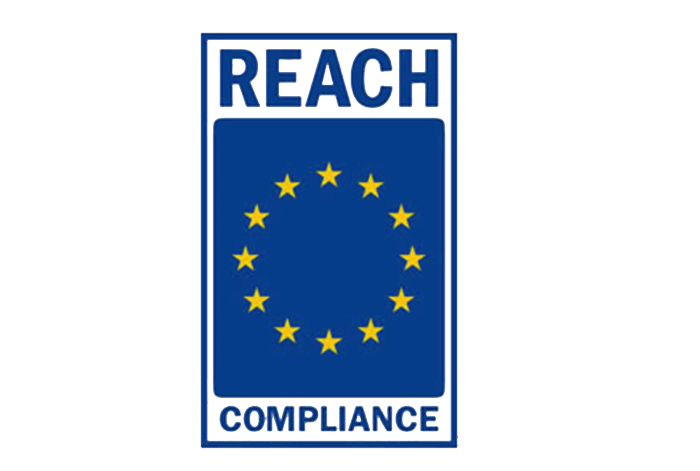REACH REGULATION
REACH Regulation came into force on 1st June 2007 and it applies to individual chemical substances produced or imported within the European Union (EU). REACH establishes procedures for collecting and assessing information on the properties and hazards of substances. Companies must identify and manage the risk of substances they manufacture or import in the European Union (EU) to comply with this regulation.
According to REACH, companies may have one of these roles: manufacturer, importer or downstream users. When companies are established outside the EU and export their products into the customs territory of the EU, the importer or the “only representative” of a non-EU manufacturer (both established in the EU) have the responsibility of fulfilling the requirements of REACH.
A registration dossier, containing information on the properties, uses, hazards and potential risks of the chemical substance is submitted to the European Chemicals Agency (ECHA) by the industry. Only EU legal entities can do a REACH registration, but it is possible to do such registration using an European “Only Representative” (similar to a Responsible Person for cosmetics). Any changes to the information contained in the registration dossier must be reported immediately. For each substance, one registration must be performed, which means that if several companies work with the same substance, they must submit a joint registration.
According to REACH regulation, ECHA has the responsibility to verify if registrations are compliant. The information submitted by the companies is assessed by both ECHA and the Member States which decide if a chemical substance represents a risk to human health or the environment. Whether the substance’s risks can be managed is evaluated by ECHA’s scientific committees and Authorities. If the risks inherent to a chemical substance are considered unmanageable, authorities may ban such hazardous substances.
REACH annexes IV and V contain substances that are exempted from registration. Annex IV to REACH regulation lists substances that are considered to cause minimum risk because of their intrinsic properties, since sufficient information is known about them (e.g. fructose; glucose; lactose). Registration is deemed inappropriate or unnecessary for the substances included in Annex V to REACH regulation. For example, substances which result from a chemical reaction that occurs incidental to storage of another substance, mixture or article, are included in Annex V.
REACH REGULATION IMPACT ON COSMETIC PRODUCTS
REACH impacts a wide range of companies included in several sectors. Substances used and marketed as cosmetic ingredients are within the scope of this regulation.
In the EU, all cosmetic products are subject to Cosmetics Regulation (EC) No. 1223/2009, CLP Regulation (EC No. 1272/2008) and REACH Regulation (EC No. 1907/2006).
When a company uses ingredients purchased from a EU supplier, it is considered a downstream user and it must check with the supplier or manufacturer of such substances if they are registered for cosmetic use or if they are exempted from registration. If, on the other hand, a company manufactures its own ingredients or imports them from outside the EU, these substances must be registered according to REACH if they are produced or manufactured above a certain threshold.
Finished products imported from outside the EU may contain substances that are subject to REACH requirements. If a company imports these products, it is considered a REACH importer of each individual chemical substance contained in such products.
REACH applies to new substances and also to all the existing ones. When manufacturing or importing a finished cosmetic product, which is a mixture of different substances in an article, it is necessary to register those substances under the REACH regulation. This means that finished cosmetic products are not exempted from REACH regulation obligations.
References:
- Regulation (EC) No 1223/2009 of the European Parliament and of the Council of 30 November 2009, on cosmetic products. Available from: https://ec.europa.eu/health/sites/health/files/endocrine_disruptors/docs/cosmetic_1223_2009_regulation_en.pdf
- Regulation (EC) No 1997/2006 of the European Parliament and of the Council of 18 December 2006 concerning the Registration, Evaluation, Authorisation and Restriction of Chemicals (REACH), establishing a European Chemicals Agency. Available from: https://eur-lex.europa.eu/legal-content/EN/TXT/PDF/?uri=CELEX:02006R1907-20140410&from=PT
- European Chemicals Agency – Legislation – REACH. Available from: https://echa.europa.eu/regulations/reach/understanding-reach















